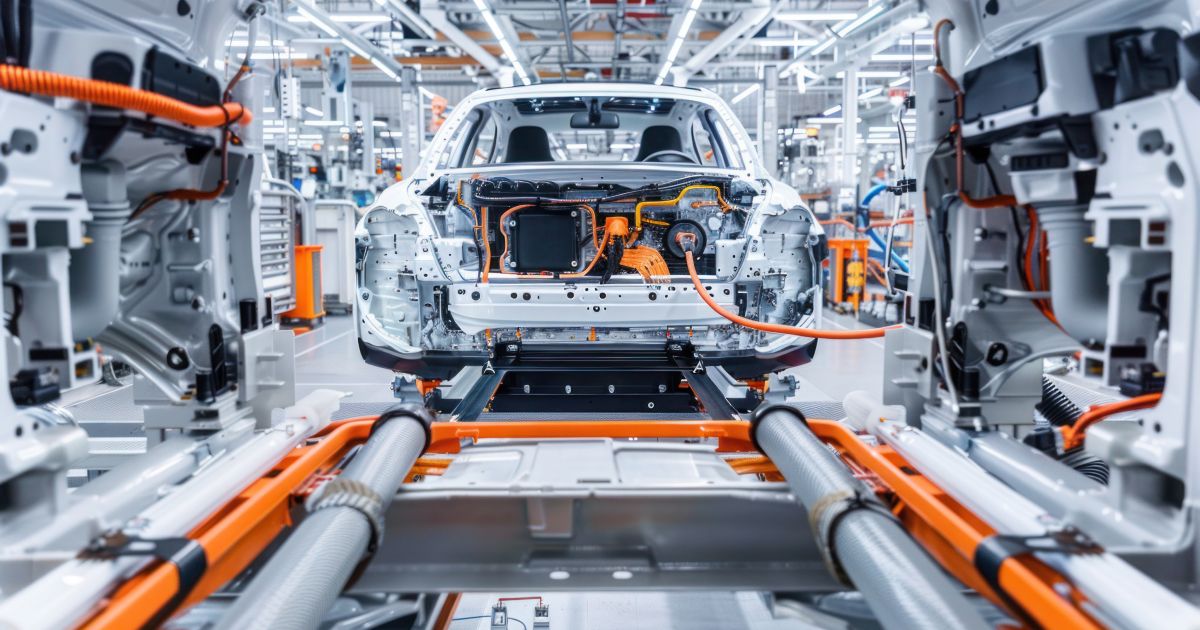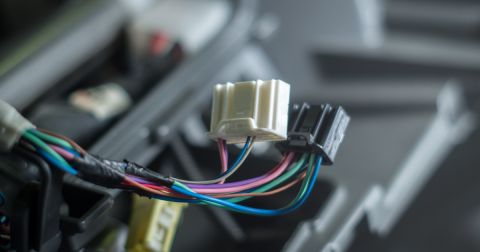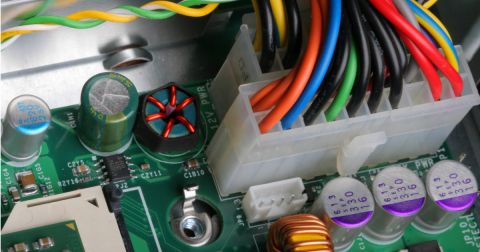The Role of Automation & Robotics in Wire Harness Assembly

Wire harness assembly has long been one of the most labor-intensive and complex aspects of manufacturing. Unlike printed circuit boards (PCBs), which benefit from high levels of automation, wire harnesses require intricate routing, bundling, and securing—tasks that traditionally rely on manual labor. However, with the increasing demand for electric vehicles (EVs), aerospace, industrial automation, and high-tech electronics, the industry is embracing automation and robotics to enhance efficiency and precision.
But can automation fully replace manual wire harness assembly? Not yet—but significant advancements are already reshaping the landscape.
How Automation Is Pivotal for Wire Harness Manufacturing
As wiring systems grow more complex, traditional assembly methods encounter substantial challenges.
Key factors propelling the shift toward automation include:
-
Labor Shortages: Securing skilled workers for wire harness assembly is increasingly challenging.
-
Rising Production Volumes: The expansion of EVs, industrial automation, and consumer electronics necessitates faster wire harness production.
-
Precision and Quality Control: High-voltage applications and intricate connectivity demand impeccable execution.
-
Cost Efficiency: Minimizing manual labor and production errors reduces manufacturing expenses.
Automation emerges as a strategic solution to these challenges, with advanced technology revolutionizing wire harness production.
Key Innovations in Wire Harness Automation
1. Robotic Wire Handling & Assembly
Sophisticated robotic systems now execute wire cutting, stripping, crimping, and insertion with remarkable accuracy. Automated wire feeders mitigate human error in measurement and cutting. Collaborative robots (cobots) operate alongside technicians, improving efficiency while preserving production flexibility.

2. Laser-Based Wire Processing
Laser stripping and soldering supplant traditional mechanical methods, offering superior precision and minimizing wire damage. These techniques are particularly advantageous for micro-harnesses in medical devices, aerospace, and other advanced applications.
3. Automated Testing & Quality Control
Real-time fault detection through automated continuity and high-voltage testing is now feasible. AI-driven inspection systems scrutinize wire terminations for inconsistencies before they reach production lines, ensuring defect-free harnesses.
Furthermore, 3D vision-based detection enhances the accuracy of robotic wire placement by enabling real-time wire identification. Unlike conventional 2D systems, this technology significantly improves fault detection and adaptability in complex harness structures. By offering a more precise and comprehensive view of wire arrangements, 3D vision systems facilitate quicker error identification and better overall control over production quality.
4. Digital Twin Technology for Virtual Prototyping
Engineers can now develop virtual prototypes of wire harnesses prior to physical production. This approach optimizes routing and material usage, reduces design iterations, and accelerates time-to-market.
5. Harness Manufacturing Cells for Increased Efficiency
Modular production lines that integrate automation with human oversight enable a semi-automated assembly process. Rather than a complete overhaul, automation augments efficiency at critical stages of harness assembly.
Leading Companies Driving Wire Harness Automation
Companies like Q5D Technologies are pioneering automation in wire harness manufacturing by integrating robotics and advanced CAD/CAM systems to simplify complex wiring processes. Their solutions enable fully automated wiring, reducing labor costs and increasing precision. Other companies such as Komax, TE Connectivity, and Schleuniger also lead the charge with innovations in wire processing, automated assembly, and innovative manufacturing technologies.
By leveraging solutions from these industry leaders, manufacturers can streamline production, improve quality control, and significantly reduce waste.

Challenges: Why Full Automation Is Still a Hurdle
Despite notable progress, achieving full automation in wire harness assembly presents challenges:
-
Flexibility Requirements: Many wire harnesses are custom-designed, necessitating adaptability that robots currently find challenging.
-
Complex Routing: Unlike PCBs, wire harnesses are three-dimensional and must navigate around mechanical structures.
-
Cost of Automation: The substantial initial investment renders automation more viable for high-volume production, whereas low-volume, high-mix manufacturing still relies on manual labor.
The most effective approach is a hybrid model, where robots handle repetitive tasks, and skilled technicians focus on custom adjustments.
What’s Next? The Future of Wire Harness Automation
The future of wire harness manufacturing isn't solely about replacing human labor, but amplifying it. Emerging trends include:
-
AI-Powered Robotic Arms: Capable of managing flexible wiring with heightened precision.
-
Fully Modular Assembly Lines: Automation that adapts to varying wire harness designs on demand.
-
Advanced Cobots: Robots collaborating with human operators to boost efficiency and accuracy.
As the industry advances toward smart manufacturing, companies embracing automation today will be better equipped to meet the escalating demand for high-quality, complex wire harnesses in the future.
Scaling Wire Harness Manufacturing with Smarter Automation
Automation is transitioning from a convenience to a necessity in wire harness manufacturing. While full automation remains on the horizon, advancements in robotics, AI-driven testing, and modular automation are already exerting a substantial impact. By adopting a hybrid approach, manufacturers can enhance efficiency, reduce costs, and maintain the flexibility essential for custom wire harness production.
Want to seamlessly design wiring for your harness? Experience the power of wire harness design in Altium Develop.











